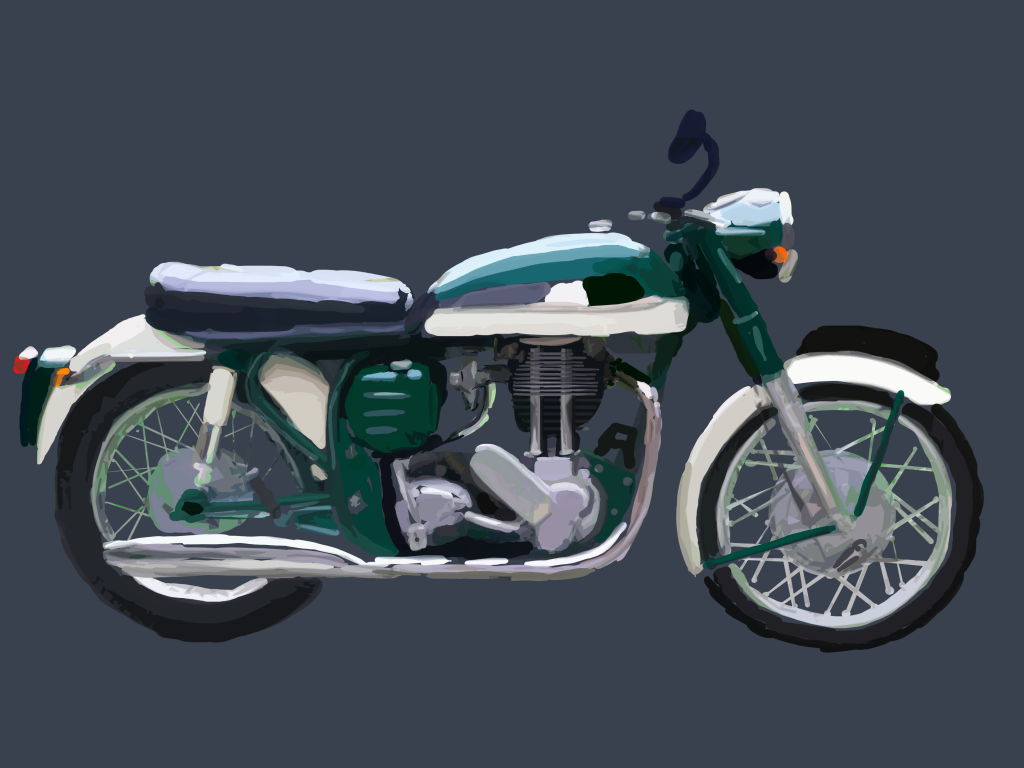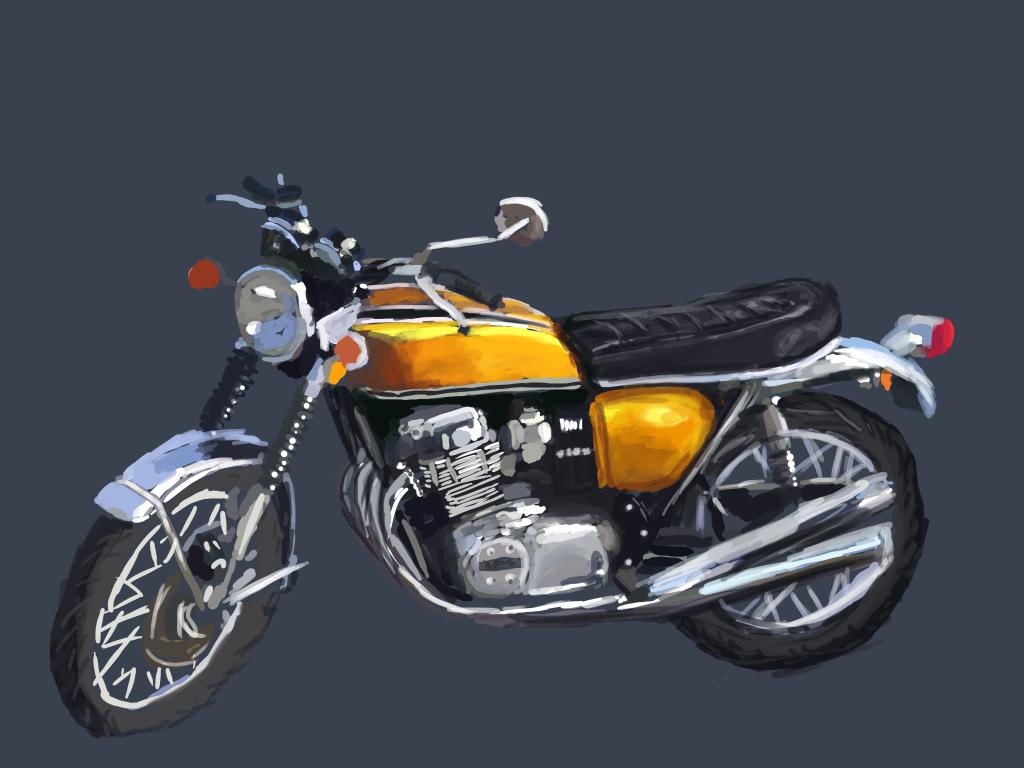Bike One: The Starter Bike
The 1961 Norton ES2, with the featherbed frame was legendary for its handling ability. It could out perform almost any other bike in the corners. Its single cylinder and single carburetor setup was also easy to tune, and light. Although the ES2 did not have the most power, it was a quick bike.

Created by Vince
Bike Two: The Powerhouse
Triumph was making arguably the best motorcycle engines in the 1960s. The Bonneville T120 had a 649cc twin cylinder, twin carbureted engine producing 50% more horsepower than the ES2. Although it was a little harder to tune, it was capable of handling a lot of extra power. The T120 engine was reliable and sophisticated. The twin cylinder also made the Triumph a little heavier than the ES2.

Created by Vince
Bike Three: The Superbike
The Honda CB750 is one of the most significant motorcycles in the history of fast bikes. When it was released in 1969 it showed the world that innovation can come from anywhere. Originally designed for the American market, Honda quickly showed the world that it was possible to develop a bike with cutting edge race components, and make it affordable to the average rider. It was faster, stopped quicker, and more reliable than any other bike before it.

Created by Vince
